“Be nice” — two words not found anywhere among the 45 words of the First Amendment.
Also not found: “positive,” or “get ya” or “trust.”
All of those words are out of place in a brief statement leading off the Bill of Rights at the start of our Constitution, the document that empowers all of us to express ourselves as we wish, regardless of whether others agree with or like what we have to say or write.
We — not government — get to choose which of the concepts found in those words that we will follow, live up to, or earn.
The words come to mind because, once again, President Trump had a contentious moment with a journalist. He squared off Sunday with “PBS NewsHour” reporter Yamiche Alcindor during the now-daily briefing on the COVID-19 coronavirus outbreak.
Alcindor asked Trump about comments he made during a Fox News interview regarding requests from governors for medical equipment to combat the virus’ effects, which the president claimed were inflated or unnecessary. Alcindor said she was quoting him directly from the program.
As Alcindor asked the question, Trump interrupted to say he had not made such comments, and then said, “Why don’t you people act in a little more positive? … It’s always get ya, get ya, get ya,” Trump said to Alcindor. “You know what? That’s why nobody trusts the media anymore.”
Actually, a lot of people do trust the free press today. By most accounts, journalists are earning trust — or re-earning it, if that’s your point of view — and disproving misinformation by reporting facts about the coronavirus pandemic, by holding accountable government officials high and low as they respond to the virus’ spread and by providing the national, regional and local news we need in this unprecedented time of COVID-19.
From Dallas to Washington D.C., Tampa to Seattle, New York to Denver, readership — mostly measured for digital versus traditional news outlets — is up, particularly since the virus crisis hit. Even declining audiences for network evening newscasts are, for the moment, stable or growing.
But, even with the vital pandemic-reporting role reminding us of the value of journalism, there are any number of dire indicators, and even gloomier actions, that make it likely we will have even fewer journalists and news outlets on the job even as we depend on them more.
A ”Newsonomics” report for NeimanLab, prepared by news industry analyst Ken Doctor, coupled with announcements of COVID-19-driven newsroom layoffs and cost-cutting orders nationwide, provide hard facts behind the decline in of working journalists, which went from a high of more than 60,000 a few decades ago to around 23,000 today.
Doctor’s most-recent view: “Tomorrow’s life-or-death decisions for newspapers are suddenly today’s, thanks to coronavirus.” He writes that virus-related business closures are “gutting local advertising overnight.” A week earlier, he wrote about the impending “destruction of local news” and noted that since 2006, U.S. newspapers have lost more than 70 percent of their advertising revenue. While television news is somewhat more robust, industry watchers forecast as great as a 20 percent drop in revenue over the next three months — and a slow decline in advertising and jobs just a few years behind the decline seen by print publications.
And as Doctor and other industry experts note, in all too many instances where community news outlets still exist, it is as mere “shell” operations, publishing with vastly understaffed newsrooms and little actual reporting — all with a goal of wringing the last drops of revenue from a locality before closing doors.
Gannett, the nation’s largest news publisher, furloughed staff in more than 100 newsrooms nationwide in the face of what the company’s chief executive officer said would be a “considerable” decline in ad revenue between April 1 and June 30. Other news companies are reported to be deep into merger talks, with the inevitable consequences of fewer journalists overall in the name of efficiency.
A recent column in The New York Times posited the idea of “let newspaper chains die” as a way of reinventing the news business across the U.S. The notion was to let existing for-profit news organizations — many now owned by private equity firms more interested in squeezing out profits than funding good journalism — fade away to be replaced by independent, locally operated entities more dependent on philanthropy or public support than by a disappearing advertising marketplace.
The concept of a free press as provided for and protected by the nation’s founders was that of a robust set of independent critics, working to hold government accountable on behalf of a public and of particular value to voters. Such a concept does not thrive — or perhaps survive — in a news world populated by “shells,” where there simply aren’t enough journalists on the job to keep a watchful eye on what elected officials are doing or spending, or not doing or spending. Nor should we value the press for being “nice” or even respectful; rather, we should value it for asking tough questions, pulling no punches (and now and then, not hesitating to praise) in pursuit of the truth.
A free press is defined and justified not by how it works, but by what work it does. For our part, we should support what’s left of our sources of news, local to national. Subscribe or donate where you can. Let our support follow our need for real, fact-based news, which is greater now than at any other moment in our lifetimes.
Now, that would be “nice.”


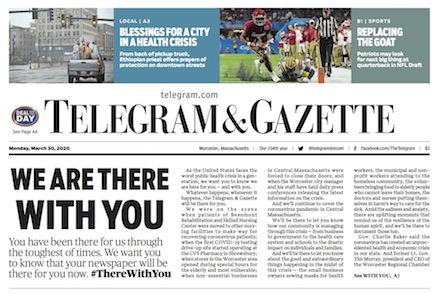
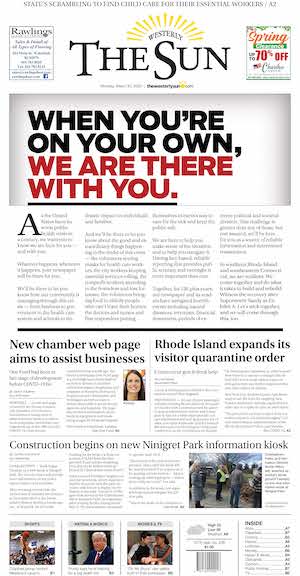
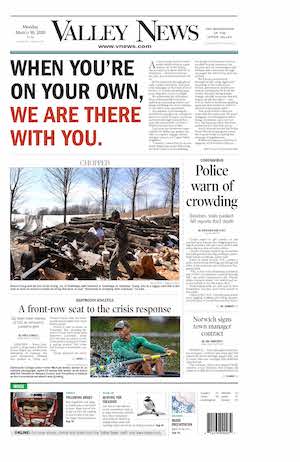

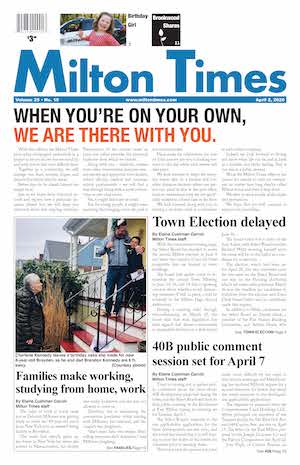
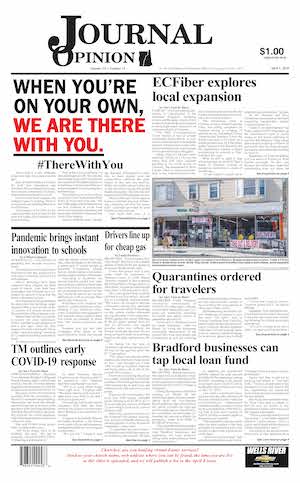
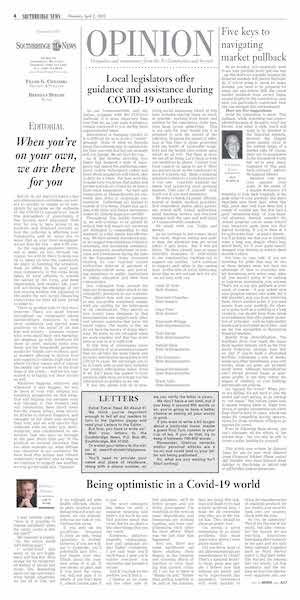
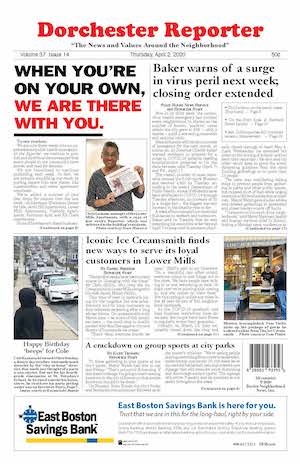
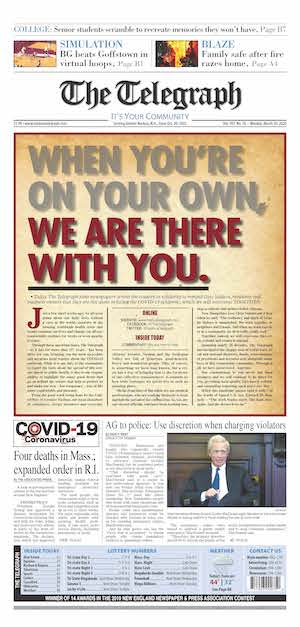
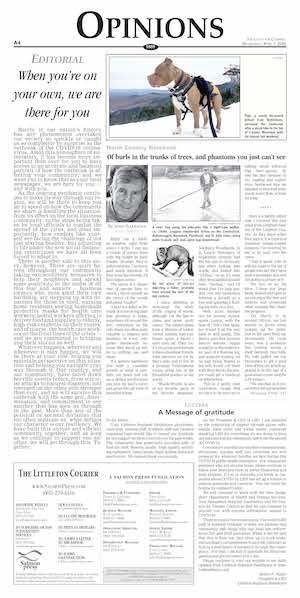
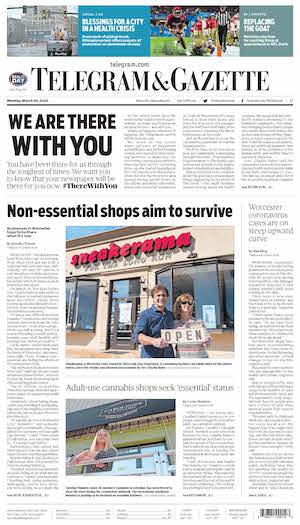
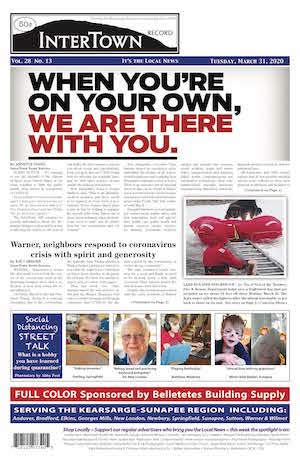
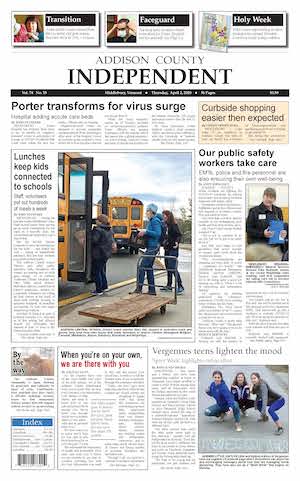
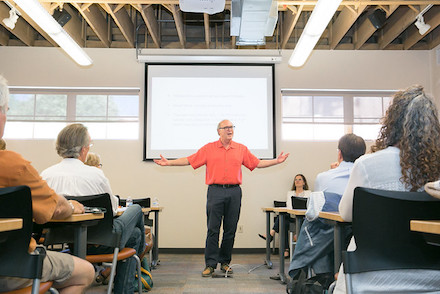

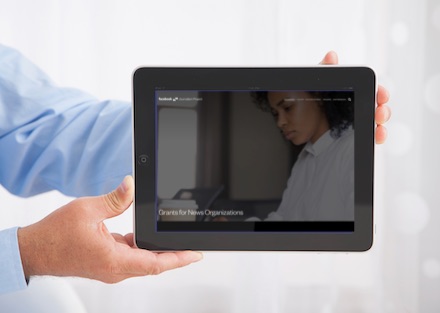


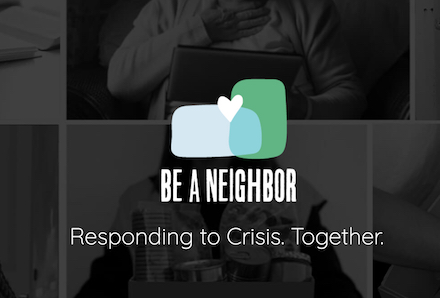
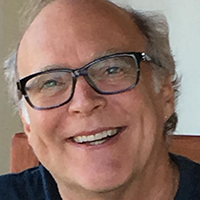
‘Be nice’ is not needed during crisis — but a free press is
“Be nice” — two words not found anywhere among the 45 words of the First Amendment.
Also not found: “positive,” or “get ya” or “trust.”
All of those words are out of place in a brief statement leading off the Bill of Rights at the start of our Constitution, the document that empowers all of us to express ourselves as we wish, regardless of whether others agree with or like what we have to say or write.
We — not government — get to choose which of the concepts found in those words that we will follow, live up to, or earn.
The words come to mind because, once again, President Trump had a contentious moment with a journalist. He squared off Sunday with “PBS NewsHour” reporter Yamiche Alcindor during the now-daily briefing on the COVID-19 coronavirus outbreak.
Alcindor asked Trump about comments he made during a Fox News interview regarding requests from governors for medical equipment to combat the virus’ effects, which the president claimed were inflated or unnecessary. Alcindor said she was quoting him directly from the program.
gpolicinski@freedomforum.org, or follow him on Twitter at @genefac.
As Alcindor asked the question, Trump interrupted to say he had not made such comments, and then said, “Why don’t you people act in a little more positive? … It’s always get ya, get ya, get ya,” Trump said to Alcindor. “You know what? That’s why nobody trusts the media anymore.”
Actually, a lot of people do trust the free press today. By most accounts, journalists are earning trust — or re-earning it, if that’s your point of view — and disproving misinformation by reporting facts about the coronavirus pandemic, by holding accountable government officials high and low as they respond to the virus’ spread and by providing the national, regional and local news we need in this unprecedented time of COVID-19.
From Dallas to Washington D.C., Tampa to Seattle, New York to Denver, readership — mostly measured for digital versus traditional news outlets — is up, particularly since the virus crisis hit. Even declining audiences for network evening newscasts are, for the moment, stable or growing.
But, even with the vital pandemic-reporting role reminding us of the value of journalism, there are any number of dire indicators, and even gloomier actions, that make it likely we will have even fewer journalists and news outlets on the job even as we depend on them more.
A ”Newsonomics” report for NeimanLab, prepared by news industry analyst Ken Doctor, coupled with announcements of COVID-19-driven newsroom layoffs and cost-cutting orders nationwide, provide hard facts behind the decline in of working journalists, which went from a high of more than 60,000 a few decades ago to around 23,000 today.
Doctor’s most-recent view: “Tomorrow’s life-or-death decisions for newspapers are suddenly today’s, thanks to coronavirus.” He writes that virus-related business closures are “gutting local advertising overnight.” A week earlier, he wrote about the impending “destruction of local news” and noted that since 2006, U.S. newspapers have lost more than 70 percent of their advertising revenue. While television news is somewhat more robust, industry watchers forecast as great as a 20 percent drop in revenue over the next three months — and a slow decline in advertising and jobs just a few years behind the decline seen by print publications.
And as Doctor and other industry experts note, in all too many instances where community news outlets still exist, it is as mere “shell” operations, publishing with vastly understaffed newsrooms and little actual reporting — all with a goal of wringing the last drops of revenue from a locality before closing doors.
Gannett, the nation’s largest news publisher, furloughed staff in more than 100 newsrooms nationwide in the face of what the company’s chief executive officer said would be a “considerable” decline in ad revenue between April 1 and June 30. Other news companies are reported to be deep into merger talks, with the inevitable consequences of fewer journalists overall in the name of efficiency.
A recent column in The New York Times posited the idea of “let newspaper chains die” as a way of reinventing the news business across the U.S. The notion was to let existing for-profit news organizations — many now owned by private equity firms more interested in squeezing out profits than funding good journalism — fade away to be replaced by independent, locally operated entities more dependent on philanthropy or public support than by a disappearing advertising marketplace.
The concept of a free press as provided for and protected by the nation’s founders was that of a robust set of independent critics, working to hold government accountable on behalf of a public and of particular value to voters. Such a concept does not thrive — or perhaps survive — in a news world populated by “shells,” where there simply aren’t enough journalists on the job to keep a watchful eye on what elected officials are doing or spending, or not doing or spending. Nor should we value the press for being “nice” or even respectful; rather, we should value it for asking tough questions, pulling no punches (and now and then, not hesitating to praise) in pursuit of the truth.
A free press is defined and justified not by how it works, but by what work it does. For our part, we should support what’s left of our sources of news, local to national. Subscribe or donate where you can. Let our support follow our need for real, fact-based news, which is greater now than at any other moment in our lifetimes.
Now, that would be “nice.”